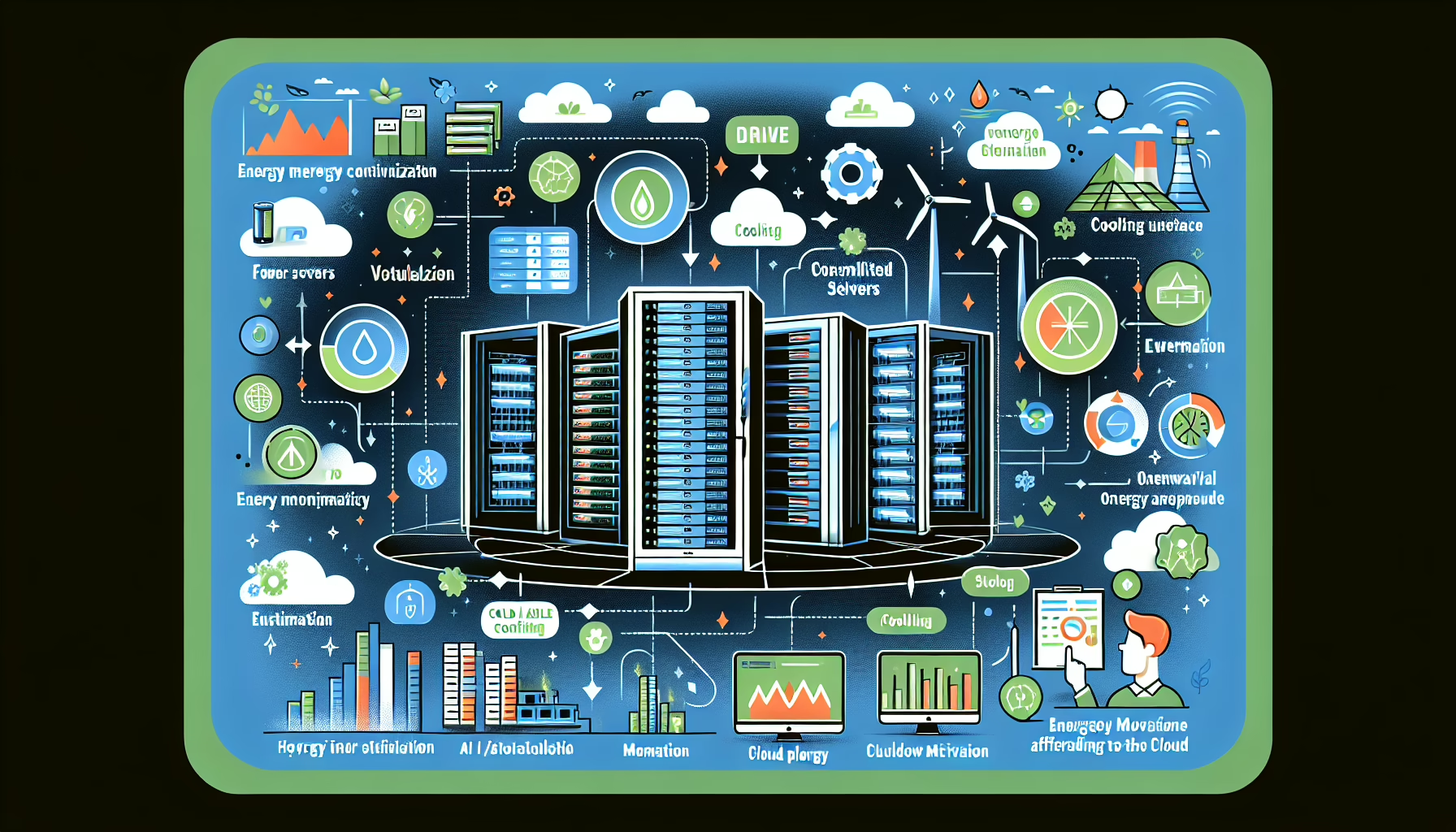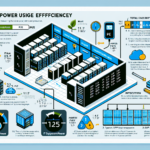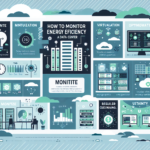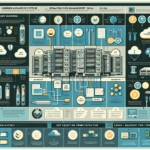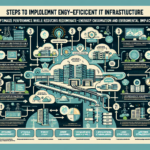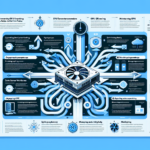Optimizing power usage in a datacenter is critical for reducing operational costs, improving energy efficiency, and ensuring environmental sustainability. As an IT manager responsible for the datacenter, here are strategies you can implement to optimize power usage:
1. Assess and Monitor Power Usage
- Deploy Power Monitoring Tools: Use tools like intelligent PDUs (Power Distribution Units) or DCIM (Data Center Infrastructure Management) software to monitor power usage in real-time.
- Track Usage Patterns: Analyze historical data to identify peak consumption times and inefficiencies.
- Set Baselines: Establish benchmarks for energy consumption and set measurable goals for improvement.
2. Optimize Server and Storage Utilization
- Consolidate Workloads: Use virtualization platforms like VMware, Hyper-V, or KVM to consolidate workloads onto fewer physical servers.
- Right-Size Hardware: Decommission underutilized servers and replace them with energy-efficient models.
- Tiered Storage: Move infrequently accessed data to slower, lower-energy storage tiers (e.g., tape or nearline storage) while keeping active data on high-performance tiers.
3. Implement Energy-Efficient Hardware
- Use Energy Star Certified Equipment: Choose servers, storage systems, and network devices with high energy efficiency ratings.
- Deploy GPUs Strategically: If your workloads include AI or graphics processing, use modern GPUs like NVIDIA A100, which are optimized for performance-per-watt.
- Adopt ARM-Based CPUs: In some scenarios, ARM processors can provide better energy efficiency compared to traditional x86 architectures.
4. Virtualization and Containerization
- Increase Virtualization Density: Maximize the number of virtual machines (VMs) per physical server to reduce the number of active servers.
- Containerization: Use Kubernetes or Docker to deploy lightweight containers instead of full VMs, reducing hardware resource consumption.
5. Optimize Cooling Systems
- Use Hot/Cold Aisle Containment: Arrange racks in hot/cold aisle configurations to minimize cooling inefficiencies.
- Upgrade Cooling Technology: Invest in energy-efficient cooling systems such as liquid cooling or free cooling systems.
- Raise Temperature Setpoints: Gradually increase the thermostat setpoints within ASHRAE guidelines to reduce cooling costs.
6. Automate Power Management
- Implement Power Capping: Use tools like Intel Data Center Manager (DCM) to cap server power consumption during non-peak periods.
- Dynamic Resource Scaling: Automate scaling of VMs and containers based on demand. Shut down idle resources during off-peak hours.
7. Optimize Lighting
- Use LED Lighting: Replace traditional lighting with energy-efficient LEDs.
- Implement Motion Sensors: Install motion-activated lights to ensure lighting is only active when needed.
8. Renewable Energy Integration
- Solar or Wind Power: Consider incorporating renewable energy sources into your datacenter’s power supply.
- Carbon Offsetting: Partner with renewable energy providers to offset your datacenter’s carbon footprint.
9. AI and Machine Learning for Energy Optimization
- AI-Driven Power Management: Deploy AI tools to analyze power usage patterns and predict cooling or power requirements in real-time.
- Workload Scheduling: Use machine learning to schedule workloads during times when energy costs are lower.
10. Regular Maintenance
- Clean Equipment: Dust and debris can reduce cooling efficiency; schedule regular cleaning of servers and cooling systems.
- Replace Aging Infrastructure: Upgrade older systems with newer, more energy-efficient models.
- Check UPS Systems: Ensure uninterruptible power supplies (UPS) are functioning optimally and not wasting energy.
11. Optimize Software
- Tune Operating Systems: Configure power management settings in Windows or Linux servers to utilize energy-saving modes.
- Container Orchestration: Use Kubernetes features like resource limits and auto-scaling to ensure containers don’t consume excessive power.
12. Virtualize GPU Workloads
- GPU Sharing: Use virtual GPU (vGPU) technology from NVIDIA or AMD to allocate GPU resources efficiently across workloads.
- Optimize AI Training: Train AI models during off-peak hours or on energy-efficient hardware.
13. Employee Awareness
- Train Staff: Educate datacenter staff about energy efficiency best practices.
- Policy Enforcement: Implement policies to ensure unused equipment is powered down and energy-saving modes are utilized.
14. Consider Outsourcing or Cloud Migration
- Hybrid Cloud: Offload less-critical workloads to cloud providers to reduce on-premise energy consumption.
- Colocation: Partner with energy-efficient colocation providers that use green energy.
15. Evaluate Building Design
- Improve Insulation: Ensure the datacenter building is well-insulated to reduce cooling requirements.
- Optimize Airflow: Use blanking panels in server racks to prevent hot air recirculation.
By implementing these strategies, you can significantly reduce power consumption, lower costs, and contribute to a greener IT infrastructure. Regularly reviewing and adapting these practices as technology evolves will ensure continued optimization.
